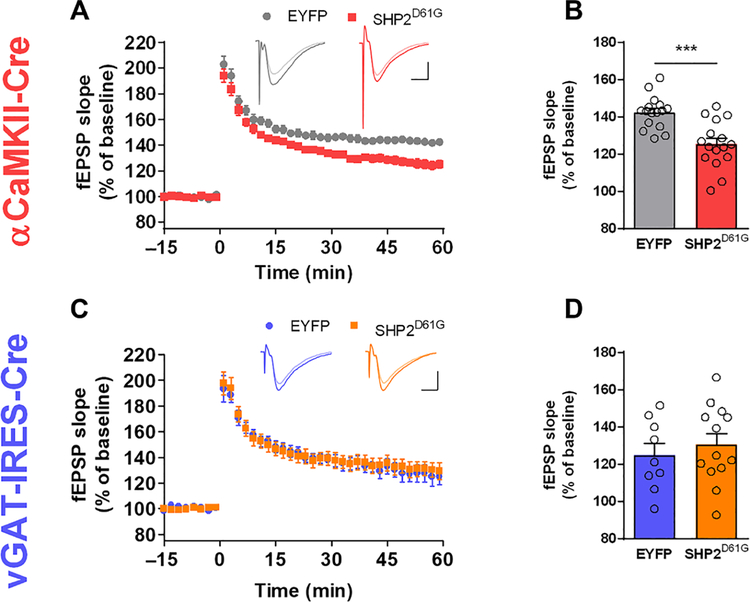Fig. 2. Expressing SHP2D61G in excitatory neurons impairs LTP.
(A) Time course of the fEPSP slope. LTP induced by theta burst stimulation (TBS; four bursts, each burst consisting of four stimuli at 100 Hz, 200-ms interburst interval) in αCaMKII-Cre::EYFP or αCaMKII-Cre::SHP2D61G slice. The fEPSP slopes were normalized to the average baseline. (B) The average fEPSP slope of 51 to 60 min after LTP induction. Average of last 10 min of LTP, αCaMKII-Cre::EYFP, n = 16 slices from 10 mice; αCaMKII-Cre::SHP2D61G, n = 16 slices from 10 mice; unpaired t test, ***P < 0.001. (C) Time course of the fEPSP slope. LTP induced by TBS in vGAT-IRES-Cre::SHP2D61G or vGAT-IRES-Cre::EYFP slices. The fEPSP slopes were normalized to the average baseline. (D) The average fEPSP slope of 51 to 60 min after LTP induction. vGAT-IRES-Cre::EYFP, n = 9 slices from seven mice; vGAT-IRES-Cre::SHP2D61G, n = 13 slices from eight mice; unpaired t test, P = 0.523.

